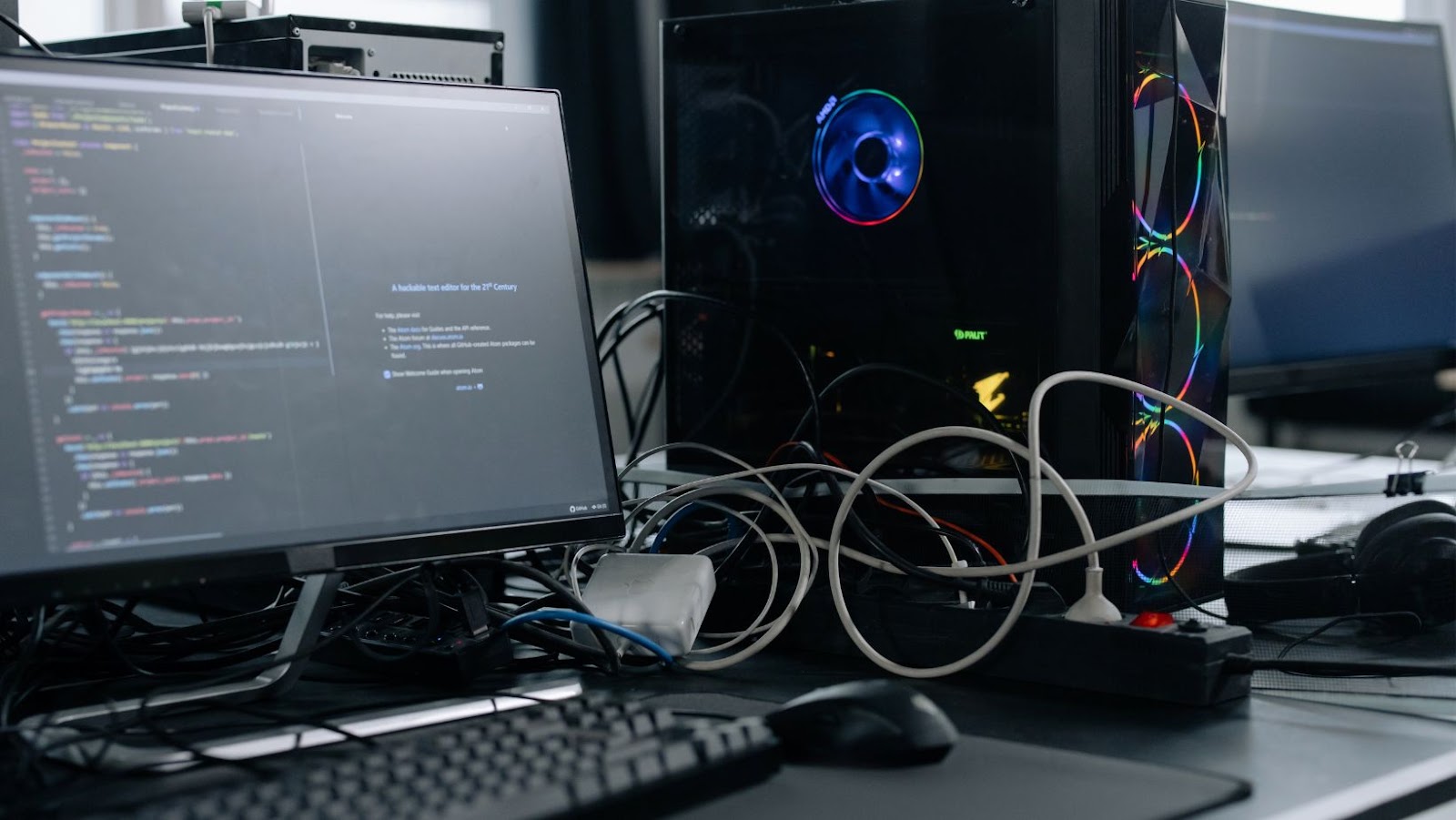 Gadgets Approximation and Linear Programming
Gadgets Approximation and Linear Programming
Gadgets approximation simplifies intricate systems, making them more manageable and efficient. By breaking down complex problems into smaller, more approachable components, businesses can achieve faster and more accurate results. Meanwhile, linear programming focuses on optimizing resource allocation, ensuring that organizations make the most of their available assets. Gadgets approximation plays a crucial role in simplifying mathematical models and computational processes. It’s an essential methodology for addressing complex systems in technology.
Gadgets approximation involves the creation of simplified models, or “gadgets,” to approximate complex systems. This technique is vital in computational theory, helping tackle intricate mathematical problems by reducing their complexity. By using simplified structures, researchers can streamline problem-solving processes, facilitating quicker and more efficient solutions. This abbreviation of complexity is particularly important in sectors like computer science, where diverse elements demand practical and concise interpretations.
Several techniques enhance gadgets approximation, including:
- Reduction Transformation: Conversion of a problem into a simpler form, maintaining core functional properties. This method ensures efficiency without altering the essential characteristics of the system.
- Simulated Annealing: A probabilistic technique exploring various states to find an optimal approximation. It balances finding a close-to-best solution while avoiding the exhaustive computation of all possibilities.
- Dynamic Programming: Breakdown of a larger problem into smaller, manageable sub-problems. This approach employs approximations in multi-stage decision processes, streamlining calculations.
These methods collectively improve computational efficiency and resource management, supporting advancements in technology and mathematics across various industries.
 Linear Programming Basics
Linear Programming Basics
Linear programming (LP) plays a pivotal role in optimizing resource allocation, essential for effective decision-making in various industries. LP models use mathematical techniques to determine the best outcome in a given mathematical model with constraints.
Linear programming involves objective functions and constraints. The objective function is a linear equation representing the goal of the LP problem, such as maximizing profit or minimizing cost. Constraints are linear inequalities or equations that restrict the solution space, reflecting limits on resources or conditions that must be met.
Key elements of LP include:
- Decision Variables: Represent controllable factors in the LP model.
- Objective Function: Specifies the goal in mathematical terms.
- Constraints: Define the boundaries or limitations affecting decision variables.
- Feasible Region: Represents all possible solutions that satisfy constraints.
Across various fields, linear programming optimizes diverse operations by improving efficiency and resource utilization.
- Supply Chain Management: Optimizes logistics and minimizes transportation costs.
- Finance: Allocates investment portfolios for maximum returns.
- Manufacturing: Manages production schedules and resource distribution.
- Telecommunications: Enhances network flow and bandwidth allocation.
LP’s ability to model complex systems and identify optimal solutions makes it indispensable in real-world problem-solving and technological advancement.
 Intersection of Gadgets Approximation and Linear Programming
Intersection of Gadgets Approximation and Linear Programming
Combining gadgets approximation and linear programming offers powerful advantages in computational problem-solving and resource optimization. These methodologies enhance each other’s efficiency and applicability across diverse fields.
Gadgets approximation streamlines complex problems, creating simplified models that retain core characteristics. This simplification makes linear programming more applicable by reducing the complexity of decision variables and constraints, thus directly impacting efficiency. Linear programming, with its precise optimization capabilities, further refines these approximations, ensuring that resource allocation and decision-making are as effective as possible. This synergy results in more robust solutions, improved computational speed, and scalability.
Several industries have successfully harnessed the intersection of these methodologies. In logistics, companies use gadgets approximation to model transportation networks, simplifying the problem of routing. Linear programming then optimizes the distribution of goods, minimizing costs and improving efficiency. In finance, portfolio optimization benefits from gadgets that simplify risk assessment, allowing linear programming to determine optimal asset allocations that maximize returns. Manufacturing utilizes these techniques to streamline production processes and enhance operational strategies, resulting in increased productivity and reduced waste.
Gadgets approximation and linear programming stand as vital methodologies in the intersection of technology and mathematics. Their combined application provides a powerful framework for addressing complex systems and optimizing resource allocation, essential for industries aiming for innovation and efficiency. As technological demands grow, leveraging these tools will be crucial for maintaining competitiveness and achieving sustainable growth. Embracing their synergies while navigating challenges will enable industries to enhance decision-making processes, streamline operations, and drive future advancements.